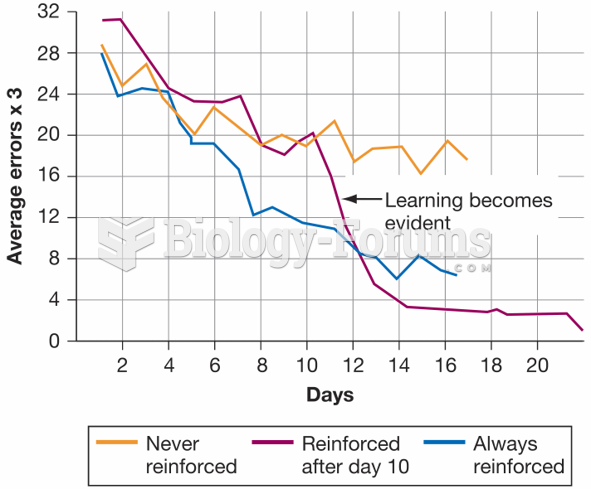|
|
|
Nearly 31 million adults in America have a total cholesterol level that is more than 240 mg per dL.
Many people have small pouches in their colons that bulge outward through weak spots. Each pouch is called a diverticulum. About 10% of Americans older than age 40 years have diverticulosis, which, when the pouches become infected or inflamed, is called diverticulitis. The main cause of diverticular disease is a low-fiber diet.
Approximately 15–25% of recognized pregnancies end in miscarriage. However, many miscarriages often occur before a woman even knows she is pregnant.
Methicillin-resistant Staphylococcus aureus or MRSA was discovered in 1961 in the United Kingdom. It if often referred to as a superbug. MRSA infections cause more deaths in the United States every year than AIDS.
Bacteria have flourished on the earth for over three billion years. They were the first life forms on the planet.
 With all vacuum lines and the intake tube removed, the valve cover can be removed after removing all ...
With all vacuum lines and the intake tube removed, the valve cover can be removed after removing all ...
 Reinstall the valve cover being careful to not pinch a wire or vacuum hose between the cover and ...
Reinstall the valve cover being careful to not pinch a wire or vacuum hose between the cover and ...






